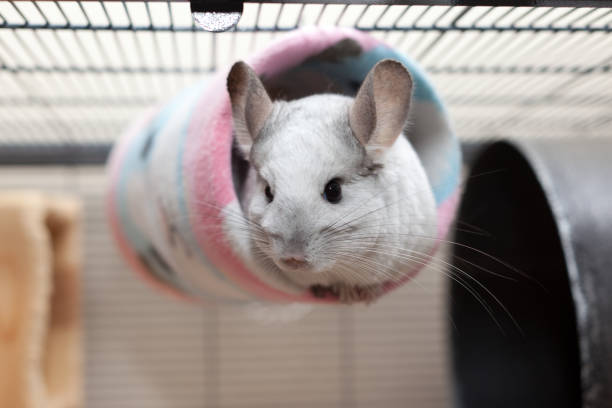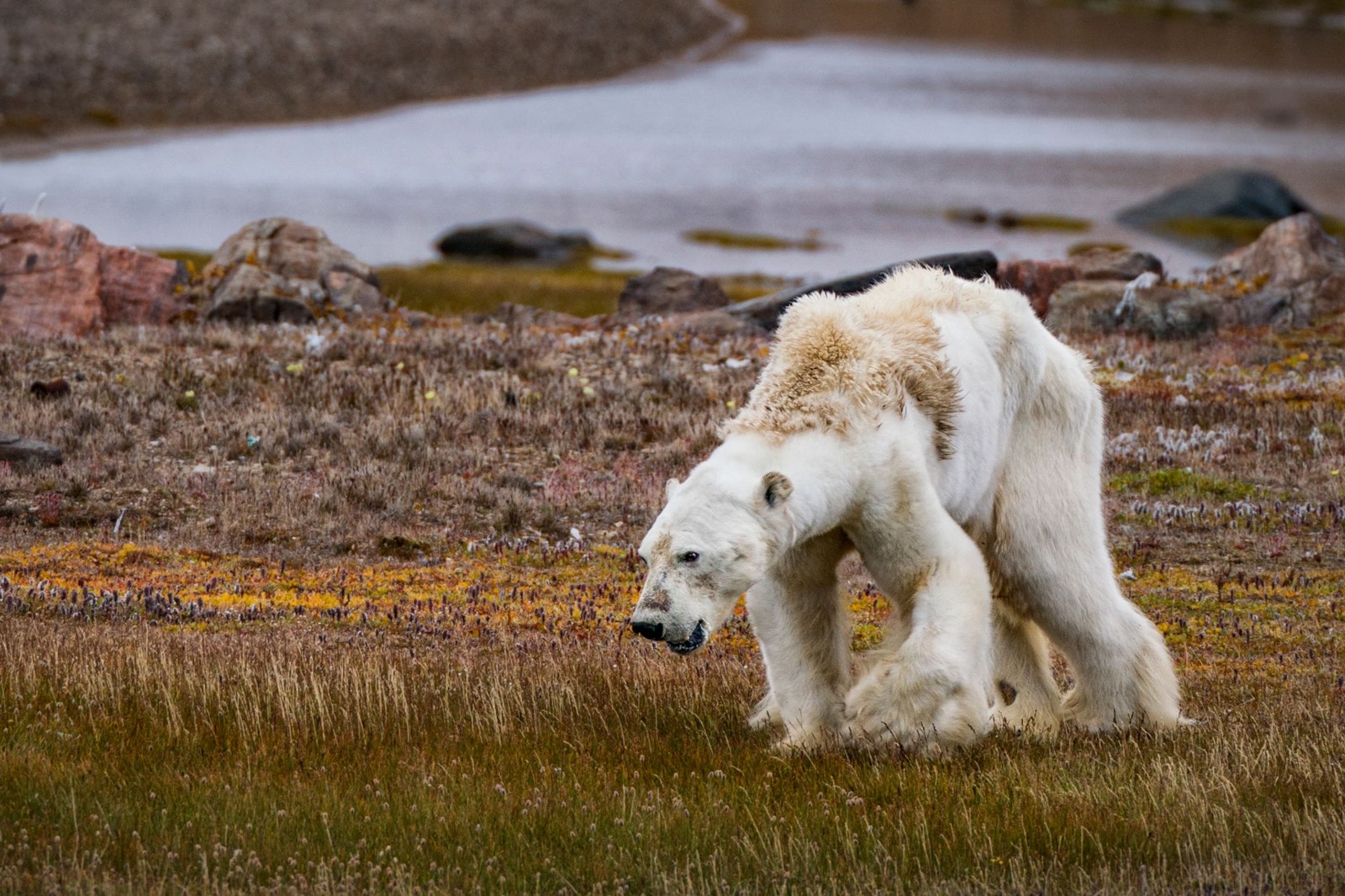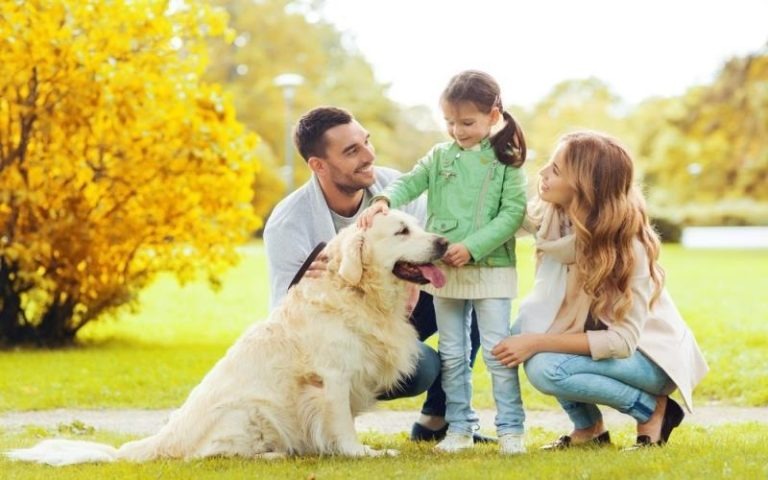
Keeping Your Chinchilla Cool: Essential Tips to Prevent Overheating
Chinchillas are sensitive to heat; learn how to maintain a cool environment, recognize signs of overheating, and implement preventive measures to ensure your pet's health and comfort.
🐶 Pet Star
48 min read · 13, Apr 2025

Understanding Chinchilla Physiology and Heat Sensitivity
Why Chinchillas Are Prone to Overheating
Chinchillas hail from the cool, rocky slopes of the Andes Mountains, where daytime temperatures rarely rise above 70°F (21°C). Over centuries, they’ve evolved to thrive in this dry, temperate climate, developing some of the densest fur of any land mammal—up to 80 hairs per follicle. While this coat protects them in cold environments, it also severely limits their ability to cool off in warm or humid conditions.
Unlike humans, chinchillas don’t sweat. They also have limited capacity to pant or dissipate heat effectively. As a result, even modest increases in temperature can put them at serious risk of heat stress or fatal heatstroke.
Ideal Temperature and Humidity Ranges
Maintaining the right environment is critical. For optimal comfort and safety:
- Temperature: Between 60°F and 70°F (15°C to 21°C) is ideal.
- Absolute maximum: 75°F (24°C). Anything higher becomes dangerous.
- Humidity: Should remain below 50%. Higher humidity reduces their ability to cool off naturally.
If your home environment regularly exceeds these parameters, you’ll need to implement specific strategies (discussed later) to ensure your chinchilla remains safe and healthy.
Recognizing Signs of Overheating in Chinchillas
Early Warning Signs
Being proactive is key. Watch for the following signs of overheating:
- Lethargy or lack of interest in usual activities
- Panting or unusually rapid breathing
- Warm or red ears (a critical early indicator)
- Drooling or excessive salivation
- Weakness or wobbly movement
Advanced Symptoms
If not addressed early, heat stress can escalate quickly:
- Seizures or tremors
- Unconsciousness
- Gasping for air
- Death in severe cases
In cases of suspected heatstroke, immediate veterinary attention is necessary. Do not attempt to rapidly cool your chinchilla using ice water or fans blowing directly on them, as this can cause shock. Gradual cooling is essential—place them in a cooler room, offer cold surfaces (like granite tiles), and contact your vet immediately.
Creating the Perfect Living Space
Choosing the Right Room
Pick a room with stable, cool temperatures year-round. Ideal features include:
- North-facing windows or rooms with low sun exposure
- Air conditioning access
- Good airflow and ventilation
- Low humidity
Avoid placing your chinchilla’s cage in kitchens, sunrooms, attics, or near heat-producing electronics and appliances.
Ventilation and Air Quality
Proper airflow keeps temperatures stable and prevents musty, humid conditions that can stress your pet. Use ceiling fans or ventilation systems to maintain air circulation—but ensure the airflow isn't direct or too forceful.
Monitoring Tools
Invest in the following to monitor their environment:
- Digital thermometer with a humidity gauge (hygrometer)
- Temperature alarms or smart thermostats for alerts
- Backup power supplies for AC during outages
Set alerts for when the room exceeds 74°F (23°C) to take action before it becomes dangerous.
Cooling Tools and Techniques That Work
Air Conditioning and Climate Control
The most reliable method for keeping chinchillas cool is through climate-controlled air conditioning. Portable or window AC units can effectively regulate smaller spaces.
Keep temperatures consistent—avoid letting the room heat up and then blast it with AC. Chinchillas are very sensitive to temperature fluctuations.
Dehumidifiers
High humidity can be just as dangerous as high heat. Dehumidifiers can pull excess moisture from the air and should be used during summer or in humid climates. Ideal humidity: 30%–45%.
Cooling Stones and Surfaces
Granite, marble, or ceramic tiles can be refrigerated and placed in the cage. These offer a cool resting place and help regulate your chinchilla's body temperature naturally.
Make sure tiles are smooth, non-porous, and cleaned regularly.
Frozen Water Bottles
Wrap a frozen water bottle in a towel and place it outside the cage (or in a section inaccessible to chewing). It acts as a mini-cooling unit for the surrounding air. Never let chinchillas chew plastic bottles or the towel directly.
Evaporative Coolers and Fans
While standard fans aren't effective (since chinchillas don’t sweat), indirect airflow helps circulate cool air. Evaporative coolers (or "swamp coolers") are good in dry climates but avoid them in humid areas as they add moisture to the air.
Summer Survival Guide for Chinchilla Owners
Time Your Activities
Avoid handling or transporting your chinchilla during the hottest part of the day. Schedule cleaning, playtime, and transport in the early morning or late evening when it's cooler.
Safe Travel Tips
If you must travel with your chinchilla during summer:
- Use an insulated carrier with ventilation
- Place frozen gel packs outside the carrier (wrapped)
- Keep car AC running before loading them
- Never leave them in a parked vehicle, even for minutes
Emergency Cooling Kit
Keep an emergency heat management kit with:
- Spare cooling tiles
- Backup power or generator
- Frozen gel packs
- Battery-operated fans
- Contact info for emergency exotic animal vets
Cage Design for Optimal Temperature Control
Location and Setup
Place the cage away from direct sunlight and sources of heat like lamps or electronics. Avoid high shelves or areas near the ceiling, where hot air gathers.
Material Matters
Wire cages with ample ventilation are ideal. Avoid plastic enclosures or dense wooden builds that can trap heat.
Bedding and Accessories
Choose light, breathable bedding like kiln-dried pine or paper-based products. Avoid fleece in summer unless it's a lightweight variant and not layered.
Limit hideouts that trap heat—opt for breathable materials like ceramic hideouts or open-ended wooden tunnels.
Daily Habits That Prevent Overheating
Dust Bathing Best Practices
Chinchillas rely on dust baths to maintain coat health. However, avoid offering dust baths during the hottest parts of the day. Instead:
- Offer them early in the morning or after sunset
- Store dust in a cool, dry area
- Limit bath time to 10–15 minutes
Feeding and Hydration
While chinchillas don’t drink excessively, fresh, cool water must be available at all times. Clean water bottles daily and consider ceramic water dishes in very hot climates for additional cooling (but only if they can’t be tipped).
Avoid high-sugar treats during hot months, as digestion generates body heat. Stick to hay and occasional cool veggies like chilled carrot slices (sparingly).
Expert Advice: What Vets and Breeders Recommend
Insights from Exotic Pet Veterinarians
According to Dr. Maria Castellanos, DVM, who specializes in exotic small mammals:
“Many chinchilla heatstroke cases are preventable. It’s crucial that owners don’t rely on fans or open windows alone. Active cooling systems and environmental monitoring save lives.”
Breeder Tips for High-Temperature Regions
Experienced breeders in Southern U.S. states use specialized setups:
- Air-conditioned chinchilla rooms
- Insulated walls and blackout curtains
- Automated temperature and humidity sensors
- Cage rotation strategies (moving to cooler areas during the day)
Breeders also limit breeding cycles during peak summer months to reduce stress on nursing mothers.
The Hidden Dangers of Overconfidence
Common Owner Mistakes
Even well-meaning owners can accidentally expose chinchillas to heat stress. Frequent missteps include:
- Assuming fans are enough
- Placing cages near windows with filtered sunlight
- Skipping daily temperature checks
- Underestimating the danger of short power outages
The Risk of Power Failures
A single hour without air conditioning during a summer afternoon can cause your chinchilla’s room to exceed 80°F (27°C). Always have a plan in place—battery-powered fans, frozen backups, or a generator can make all the difference.
Educating Family and Visitors
Setting Clear Rules
Make sure everyone in your household knows:
- Doors must be closed quickly in summer
- Room temperature should never exceed 74°F
- No one should move or handle the chinchilla during the day without checking the temperature first
Children and Guests
Children especially must be educated on the signs of overheating and the need to avoid cuddling or wrapping chinchillas in blankets.
Place temperature guidelines visibly on the cage or wall for guests.
Managing Overheating During Vacation or Travel
Vacations and Chinchilla Care
If you're planning a trip and cannot take your chinchilla with you, it’s essential to arrange for professional care to ensure their environment stays optimal. This could involve:
- Asking a trusted friend or family member to monitor the temperature and humidity daily.
- Hiring a pet sitter who is familiar with the specific needs of chinchillas.
Some exotic pet boarding facilities are equipped with climate-controlled rooms for small mammals. Make sure the boarding facility has:
- Temperature-controlled rooms with regular checks on both temperature and humidity.
- A caretaker who understands how to spot signs of heat stress and knows how to cool down a chinchilla in an emergency.
Providing written instructions on your chinchilla's care, including a list of emergency contacts (veterinary care and emergency pet clinics), is a great way to ensure that they remain comfortable and safe while you are away.
Transportation Tips for Long-Distance Travel
If you plan to travel long distances (by car, train, or plane), follow these travel tips to reduce your chinchilla’s stress levels and ensure that they stay cool:
- Car Travel: Use an insulated, well-ventilated carrier. Place the carrier in the air-conditioned passenger compartment, not the trunk or a hot backseat.
- Air Travel: If you're flying, look for airlines that are known for safely transporting small exotic pets. Make sure the pet carrier is the appropriate size and well-ventilated. If possible, book early morning or late evening flights when temperatures are cooler.
- Train or Bus Travel: Similar to car travel, choose the cooler parts of the day for traveling. In these scenarios, try to bring a chilled, bottled water supply in the carrier to keep them hydrated throughout the trip.
When you arrive at your destination, make sure the first thing you do is place your chinchilla in a cool, comfortable space to adjust before unpacking or engaging in any other activities.
How to Safely Introduce New Cooling Methods
Testing New Cooling Methods
Not all cooling methods are safe for chinchillas. Introducing new cooling systems or accessories requires careful testing. Here’s how to safely introduce cooling strategies:
- Introduce Cool Stones Gradually: If you're new to using cooling stones or refrigerated tiles, introduce them slowly and let your chinchilla explore the surfaces. Observe how your pet reacts to make sure the tiles don’t cause stress or anxiety.
- Monitor Behavior with Air Conditioning: Start the air conditioning on a lower setting to avoid shocking your chinchilla with rapid temperature changes. Observe their behavior and check their body temperature regularly until you know they’re comfortable.
- Evaluate the Effectiveness of Cooling Products: Not every product will work the same for all chinchillas. Some may prefer a cooling mat over chilled stones, while others may seek out a colder spot on their own. Continue to observe how your pet reacts and adjust the environment accordingly.
- Check for Overcooling: While it's important to keep your chinchilla cool, overcooling is also a concern. Ensure that they are not exposed to air that is too cold, as this can lead to respiratory issues or chills.
Advanced Techniques for Keeping Your Chinchilla Cool
Using Misting and Evaporation in Dry Climates
In particularly dry climates, evaporation is an excellent cooling technique, as long as humidity levels are kept in check. Here’s how to use misting to help your chinchilla:
- Use a fine mist of water (preferably distilled) on the floor or the cage walls. Ensure that the mist is light enough not to saturate your pet’s fur.
- Misting can help lower ambient temperature without introducing humidity that might be harmful.
Never spray the chinchilla directly; you’re just trying to create a cool, damp environment around them. Always use a dehumidifier in conjunction with misting if the humidity tends to rise.
Optimal Cage Placement for Maximum Coolness
When setting up a cage during hot weather, try these advanced placement tips:
- Floor Positioning: Placing your chinchilla’s cage on the floor can prevent heat from rising into the cage. On higher shelves or tables, heat tends to accumulate, so placing your pet lower can provide them with more stable temperature regulation.
- Position Near Cooling Units: Place the cage near an air conditioning vent or in an area where cool airflow can circulate naturally. Ensure that the cool air is not directly blowing into the cage but simply passing through the room to regulate the temperature.
- Avoid Heat Sources Nearby: It’s easy to overlook that heat-producing electronics like televisions, lamps, or computers can increase the overall temperature in a room. Make sure that the cage is positioned away from these items, especially during the summer.
Long-Term Health and Wellness in Warmer Months
Maintaining Regular Health Checkups
When the weather gets warmer, keeping up with regular veterinary visits becomes more important. A well-established relationship with an exotic pet vet can help you respond quickly to any health concerns related to temperature and humidity.
Routine checkups should include:
- Coat condition checks for signs of overheating (disheveled fur, dry or oily patches)
- Weight checks (chinchillas can lose weight rapidly if they are overheated or dehydrated)
- Respiratory health assessment (heat stress can affect the chinchilla’s respiratory system, so any wheezing or labored breathing should be checked immediately)
Vets will also be able to provide additional insight into preventive measures and guide you in case of any heat-related emergencies.
Monitoring Activity and Behavior
Throughout the summer, it’s important to monitor your chinchilla’s energy levels. Chinchillas are naturally active at night, so you may notice that during the hotter hours, they are less interested in playing. However, as temperatures cool down, they’ll be more likely to engage in active behavior, which is a good indicator that they are comfortable.
Excessive lethargy or a noticeable decline in eating habits can indicate that the chinchilla is not tolerating the heat well. If you notice these signs, take immediate action to cool the environment and reduce their stress levels.
Extra Tips for Pet Owners in Hot Climates
Use Insulated Cage Covers for Better Temperature Control
Some chinchilla owners in extremely hot regions use insulated cage covers, which act as a barrier against outside temperature fluctuations. These covers are particularly useful for blocking heat and light while allowing ventilation.
- Make sure that the cover allows airflow and isn’t too thick to prevent proper ventilation. Many covers come with breathable materials that are designed to block heat while allowing the cage to remain cool.
- Ensure that the cover can be easily removed during cooler months, as it can make the cage too warm during winter.
Building a Routine for Temperature Management
Consistency Is Key
Managing a chinchilla's temperature during warmer months isn't a one-time effort. It requires daily attention to their environment, especially during summer. Building a temperature management routine can help:
- Daily Temperature Checks: Make it a habit to check the temperature and humidity levels in the chinchilla’s room at the same time every day, ideally in the morning before any major temperature swings occur.
- Scheduled Cooling Intervals: If the temperature rises during the day, set reminders to provide additional cooling methods such as switching on the AC or adjusting the positioning of cooling tiles in the cage.
- Hydration Monitoring: Ensure that fresh, cool water is available at all times, especially when the temperature is hot. Check water bottles daily for leaks or blockages.
Creating a consistent, predictable environment can greatly reduce stress on your chinchilla and help you spot any potential problems before they become dangerous.
Conclusion
Caring for a chinchilla requires understanding its unique physiology and adapting to its specific environmental needs. Chinchillas, with their dense fur and sensitivity to heat, face a significant risk of overheating, especially in warmer climates or during the summer months. As pet owners, it's our responsibility to create an environment where our chinchillas can thrive, maintaining an ideal temperature, humidity, and a safe, comfortable space.
Preventing overheating involves a combination of proper cage placement, climate control, and understanding the signs of heat stress. Additionally, maintaining a cooling routine with cooling tiles, frozen water bottles, and air conditioning helps regulate their environment. Regular veterinary checkups, especially during warmer months, are also crucial to ensure they remain healthy and free from heat-related illnesses.
Chinchillas are delightful, social creatures that deserve the best care to live long, happy lives. By following the strategies and practices discussed throughout this article, chinchilla owners can ensure that their pets remain safe and comfortable, avoiding the dangers of overheating. Remember, vigilance is key—monitoring temperature, humidity, and signs of heat stress can make all the difference in providing a safe, healthy environment for your chinchilla.
Q&A Section
Q: How hot is too hot for a chinchilla?
A: Chinchillas are sensitive to heat, and temperatures exceeding 80°F (27°C) can be dangerous. It's essential to keep the temperature between 60°F and 75°F (15°C to 24°C) for optimal health.
Q: Can a chinchilla live in a room with a fan?
A: While a fan can help circulate air, it's not enough to cool a chinchilla in hot weather. Air conditioning or other cooling systems are preferable to ensure their safety.
Q: What are the signs that my chinchilla is overheating?
A: Overheating signs include rapid breathing, lethargy, drooling, warm ears, and, in severe cases, seizures or unconsciousness.
Q: How do I cool down my chinchilla during the summer?
A: Use cooling tiles, provide fresh water regularly, keep the room air-conditioned, and ensure they have access to cool surfaces. Never expose them to direct cold sources like ice.
Q: Is it safe for chinchillas to be in direct sunlight?
A: No, chinchillas should never be in direct sunlight. This can cause their environment to heat up quickly, leading to dangerous temperature increases.
Q: Can I place my chinchilla’s cage near a window?
A: It’s best to avoid placing your chinchilla's cage near a window, especially if the sunlight enters the room. This could increase the temperature and cause heat stress.
Q: How often should I check the temperature in my chinchilla's room?
A: It’s recommended to check the temperature and humidity at least twice a day, especially during the warmer months, to ensure they remain within the safe range.
Q: Are there any foods I should avoid feeding my chinchilla in hot weather?
A: Avoid high-sugar fruits and treats in hot weather, as they can increase body heat. Stick to hay and fresh, cool vegetables instead.
Q: Can a chinchilla live without air conditioning?
A: While it is possible to care for a chinchilla without air conditioning, it's significantly more challenging, especially in hot climates. Alternative cooling methods, such as frozen bottles or cool tiles, should be used.
Q: How can I help my chinchilla stay hydrated during hot weather?
A: Make sure your chinchilla always has access to fresh, cool water. You can also offer chilled veggies, like cucumber or leafy greens, to help with hydration.
Similar Articles
Find more relatable content in similar Articles

Pets and Mental Health: The Science Behind Emotional H..
Discover the profound impact o.. Read More

The Growing Trend of Therapy and Emotional Support Ani..
Exploring the remarkable rise .. Read More

How Climate Change Affects Wild and Domestic Animals...
Climate change is dramatically.. Read More

How Pets Strengthen Family Bonds...
Pets are more than just compan.. Read More
Explore Other Categories
© 2024 Copyrights by rPets. All Rights Reserved.